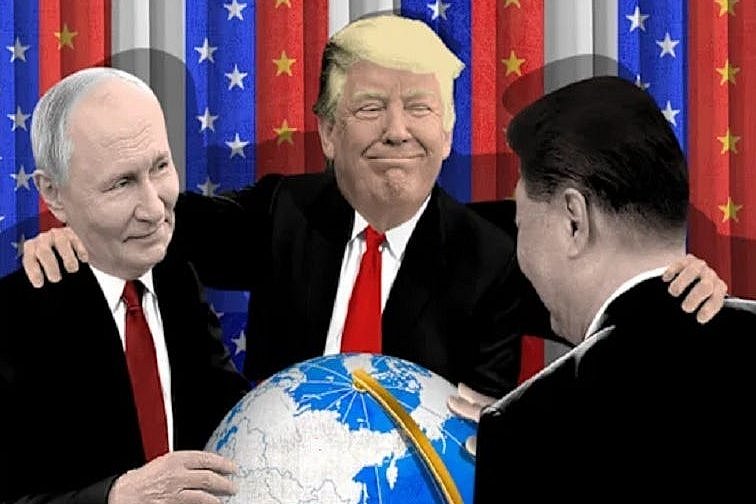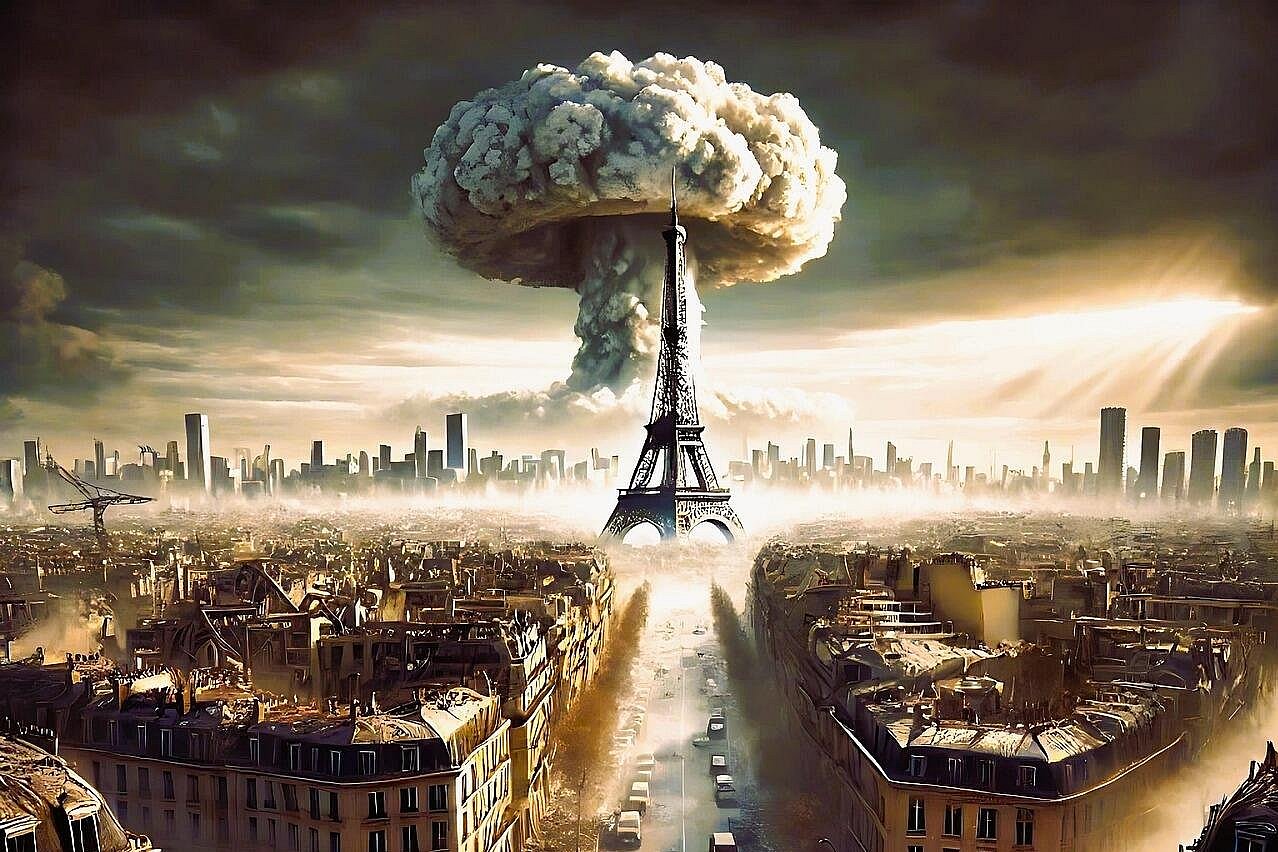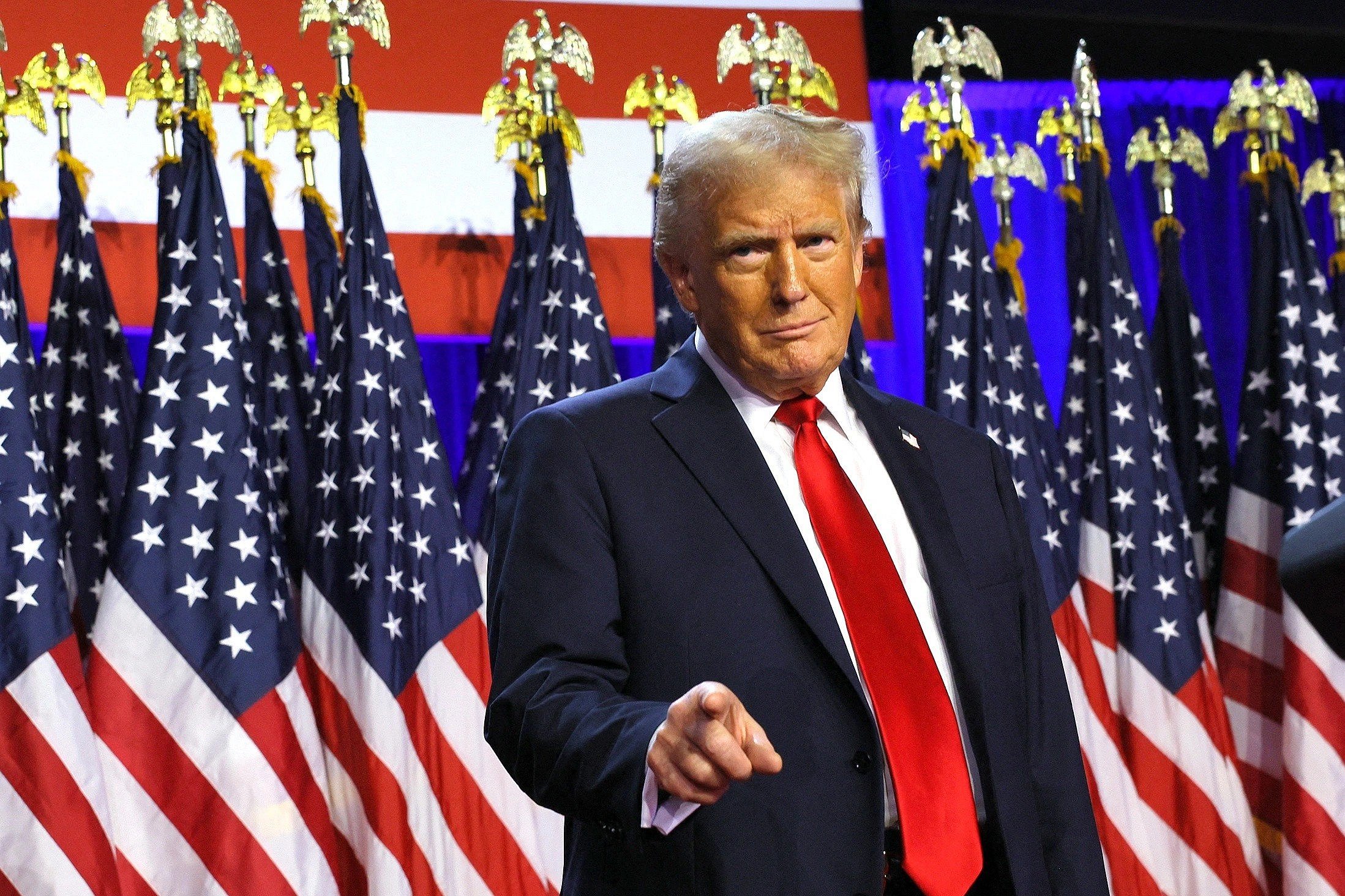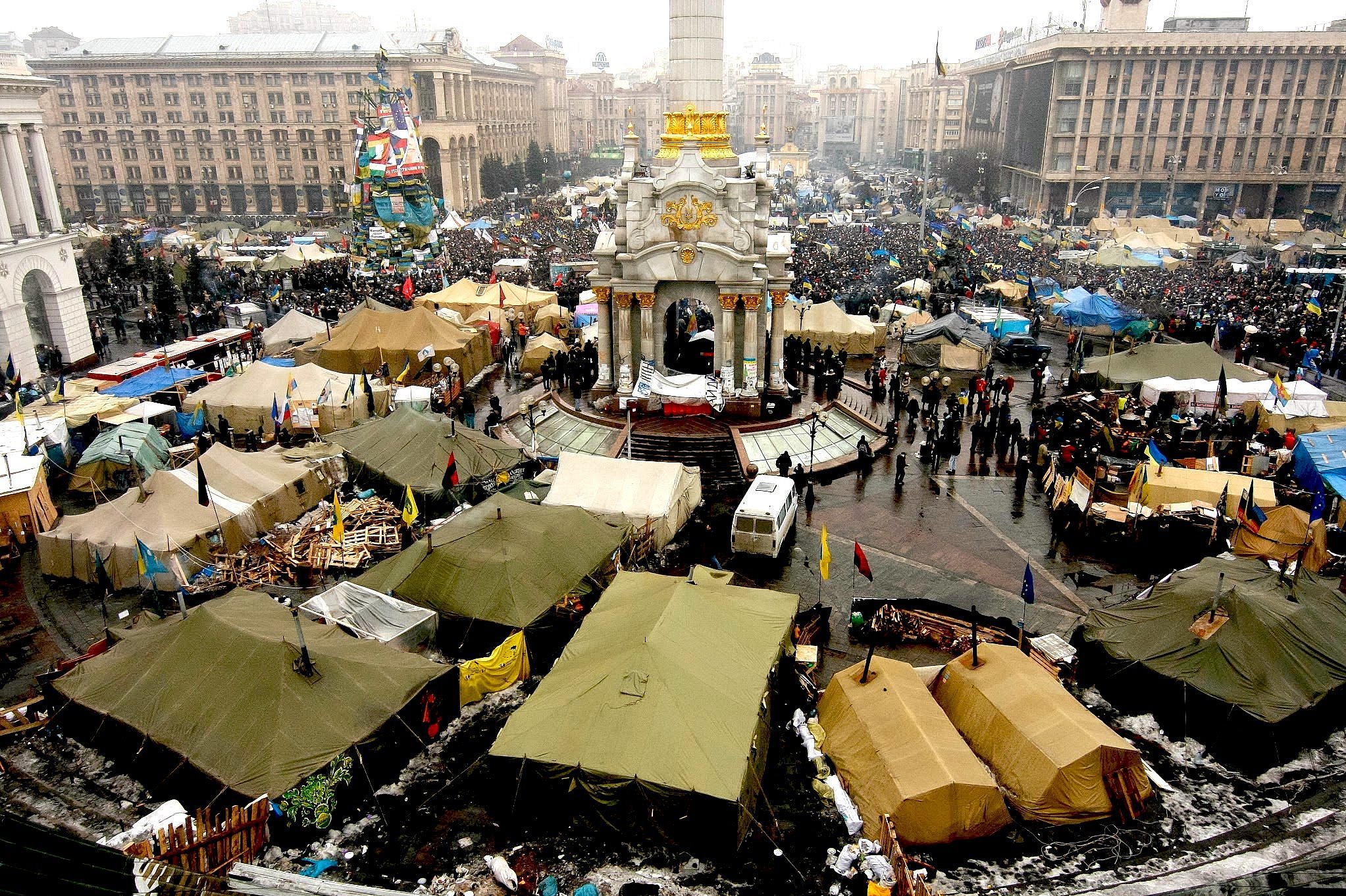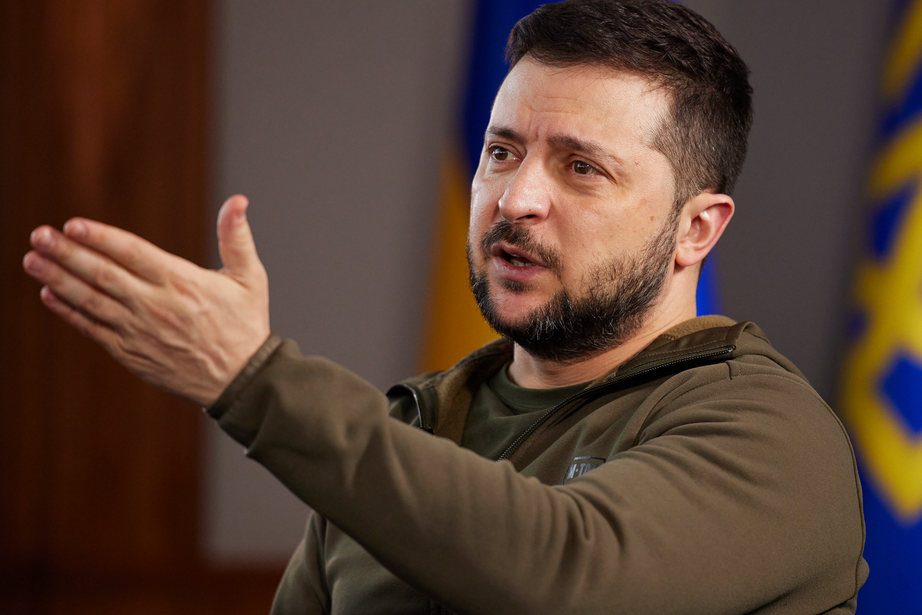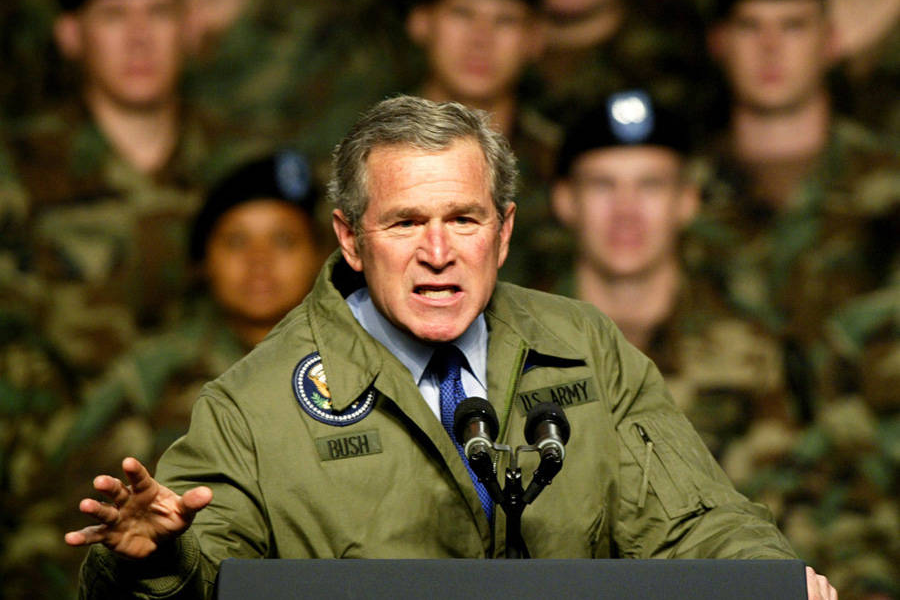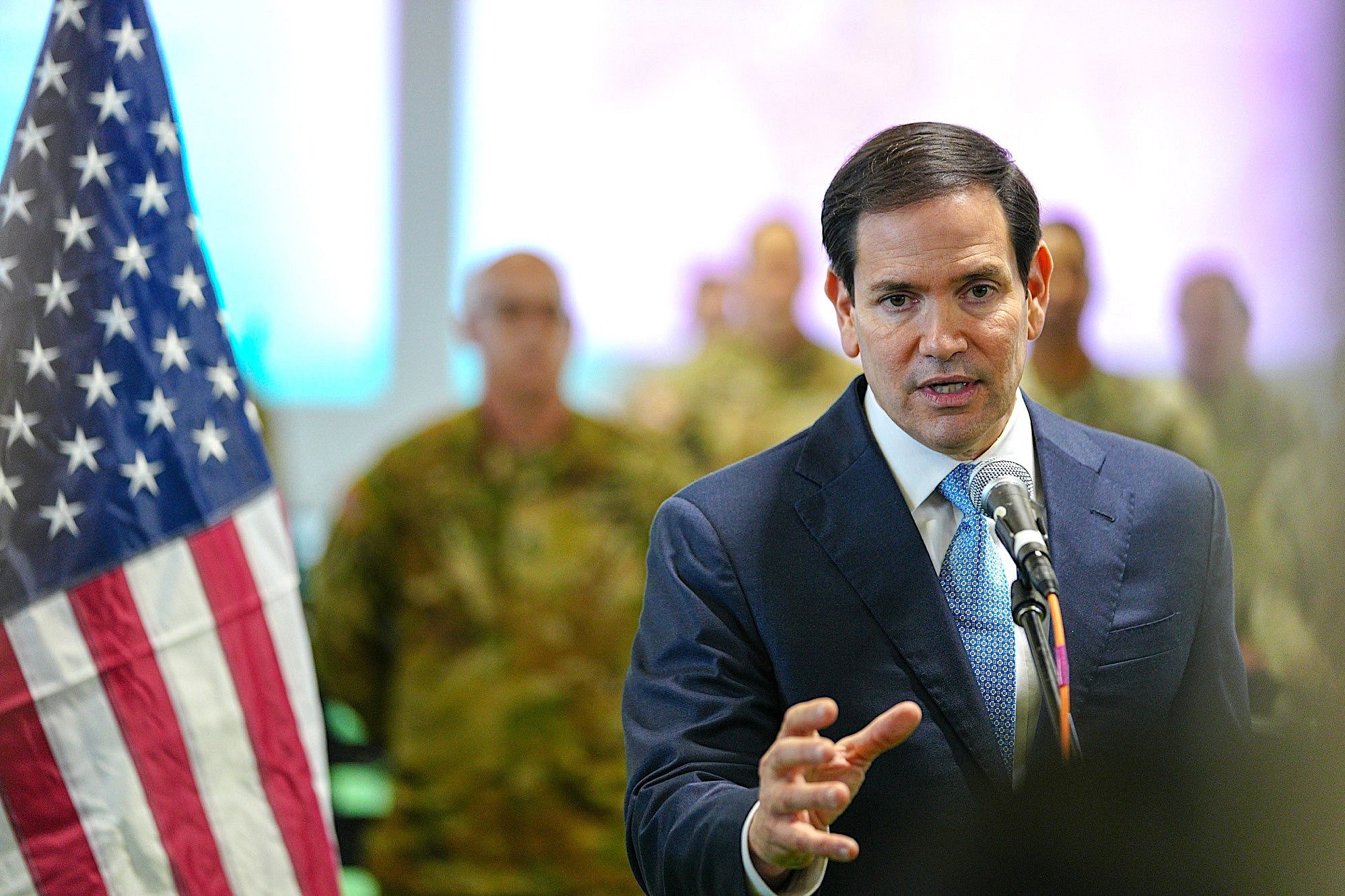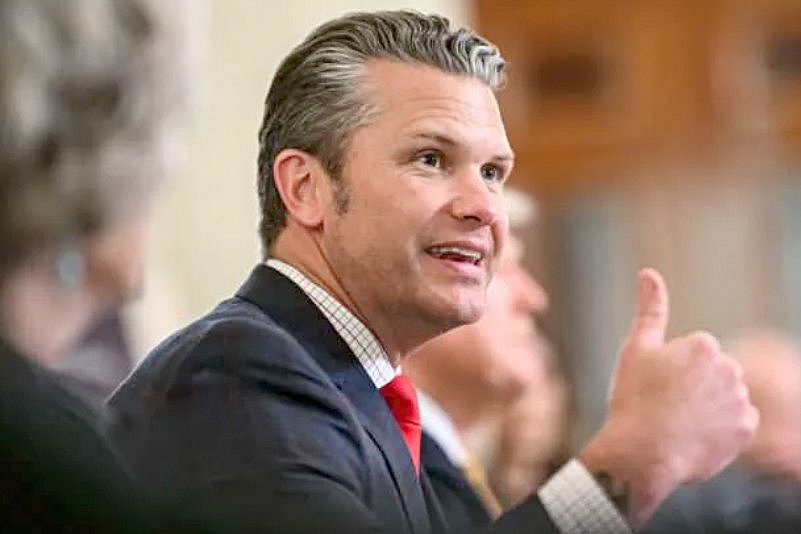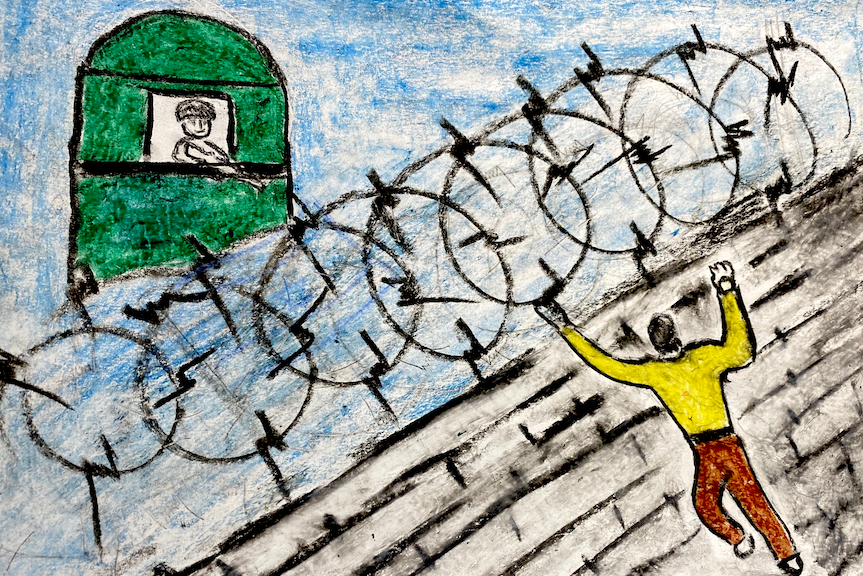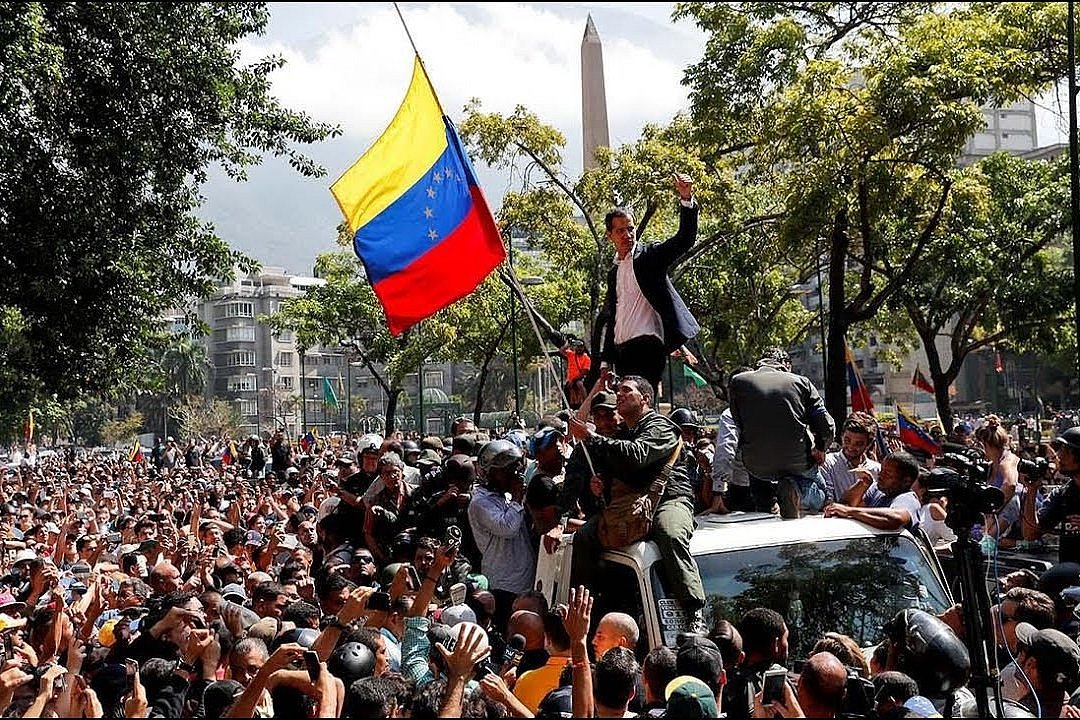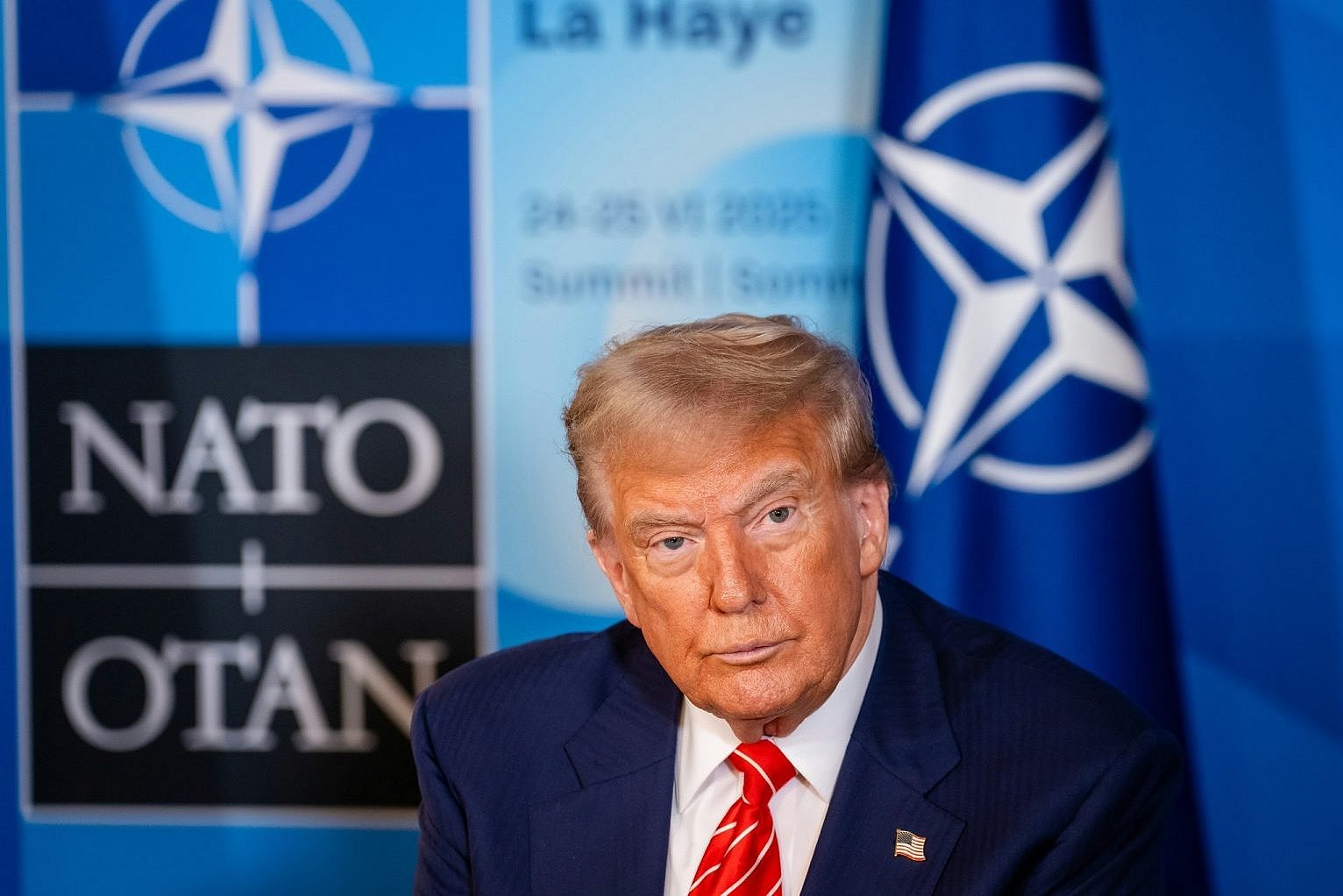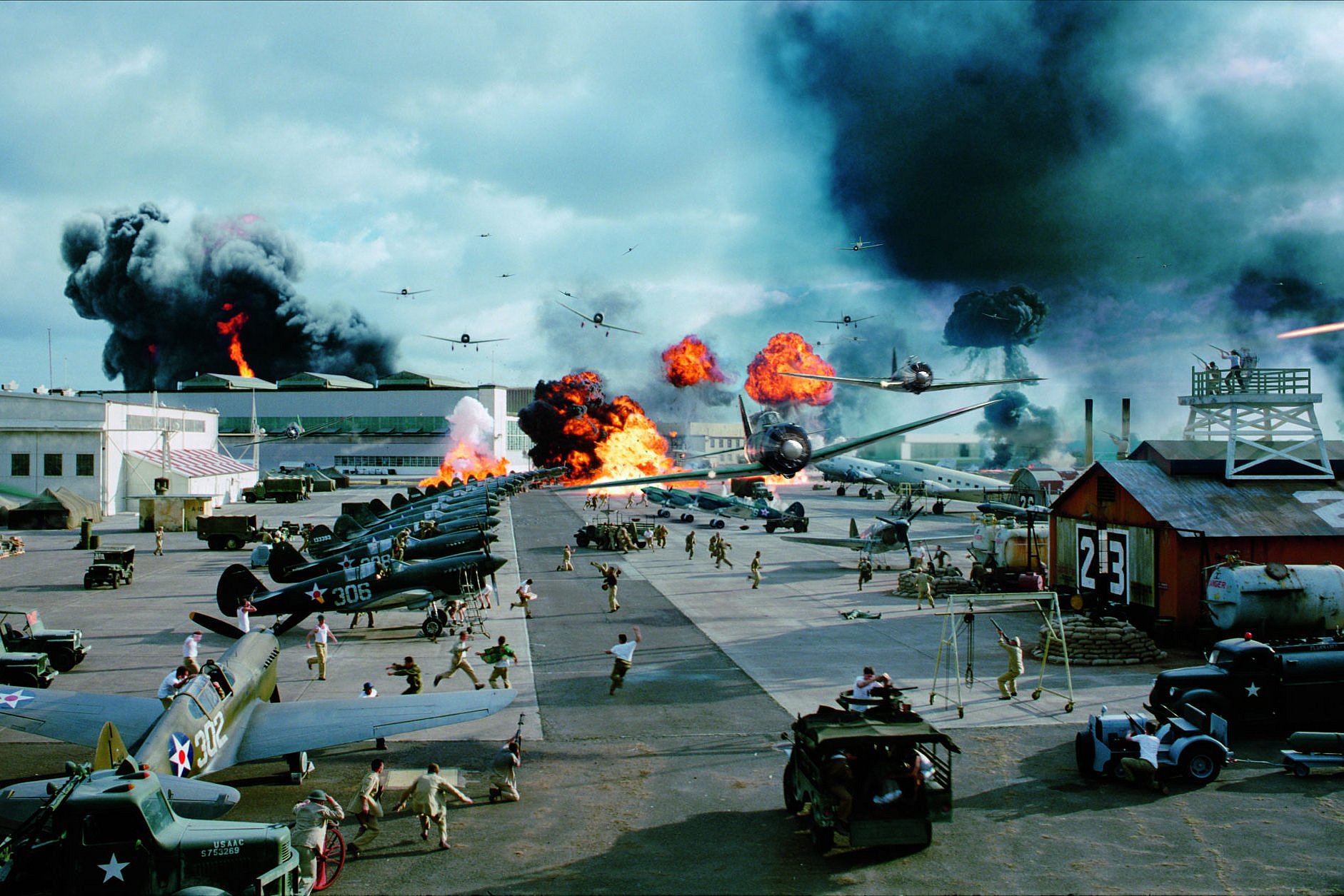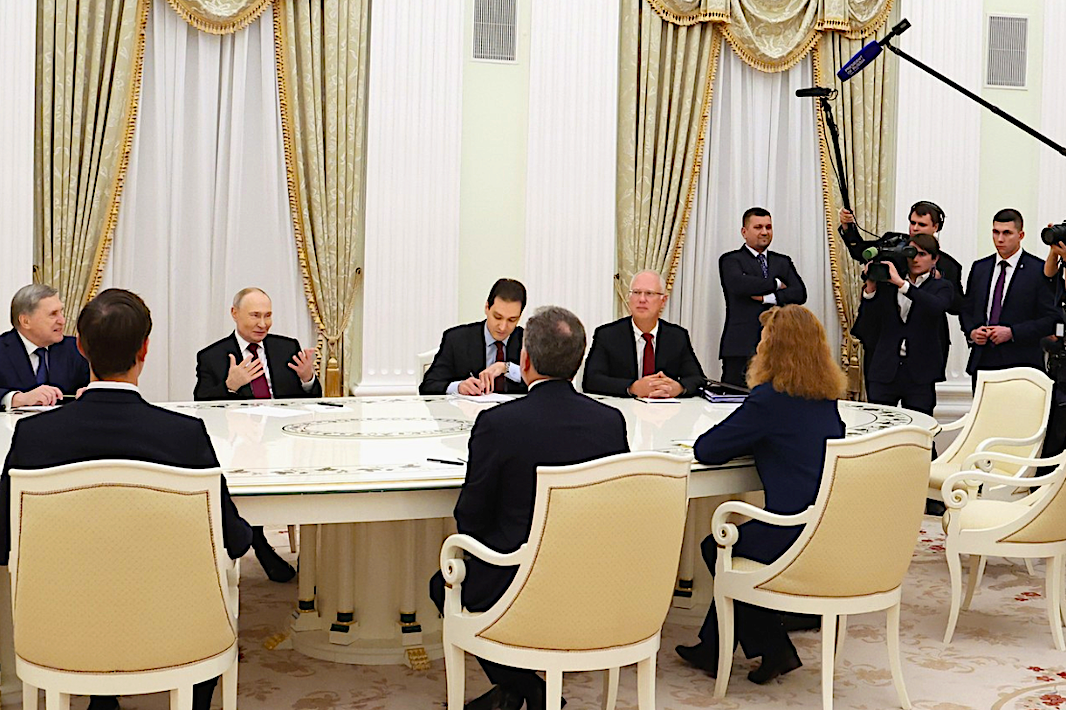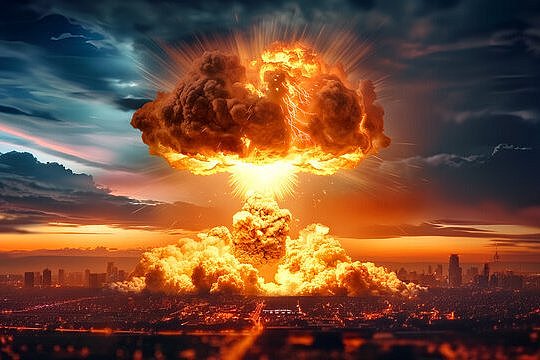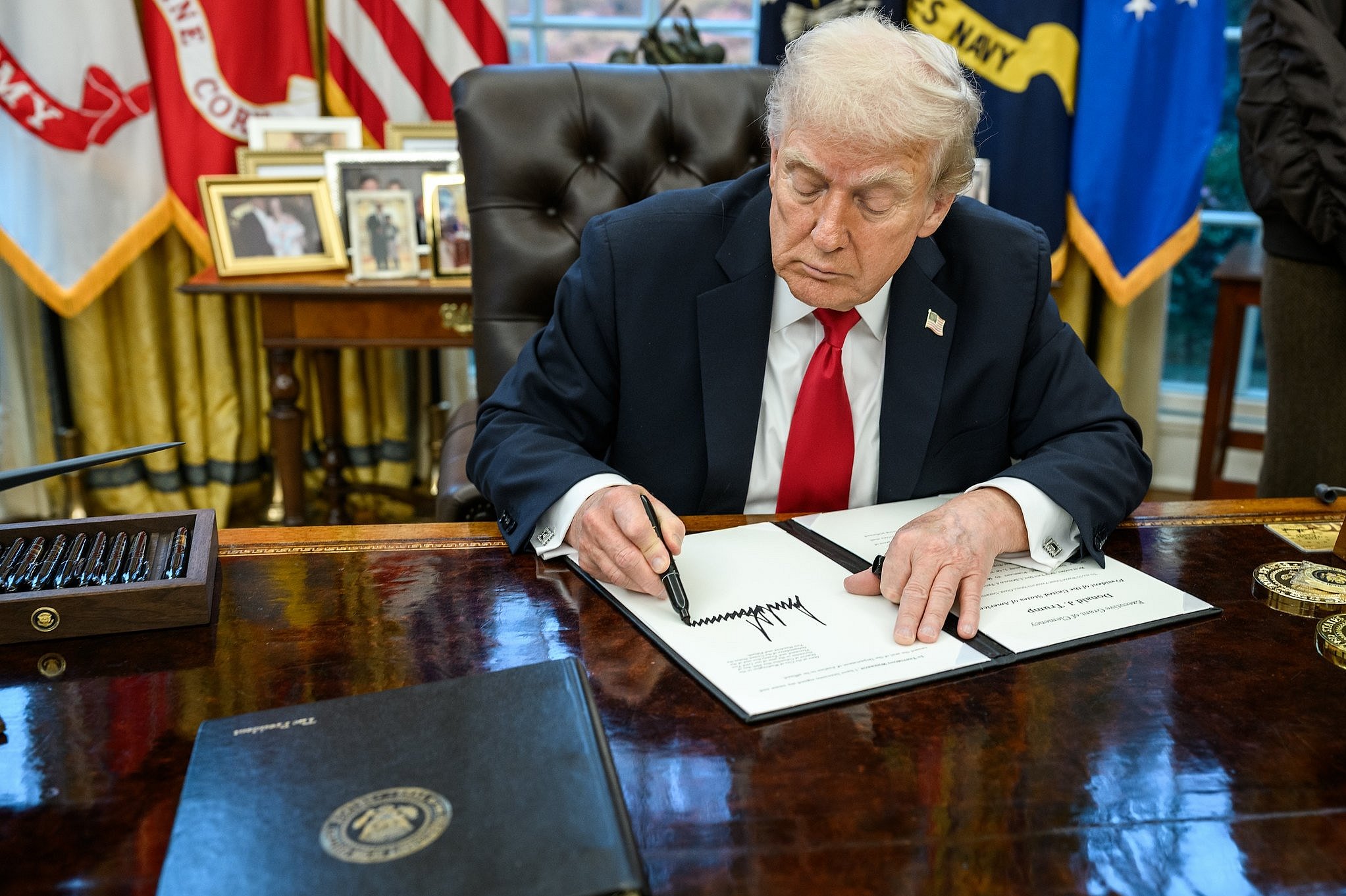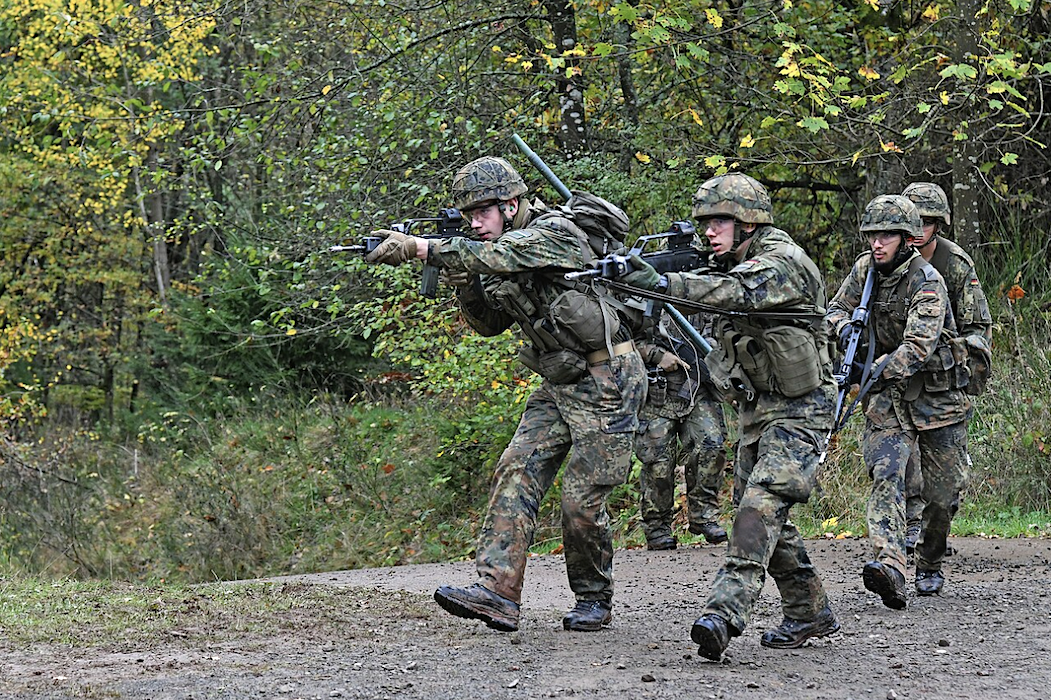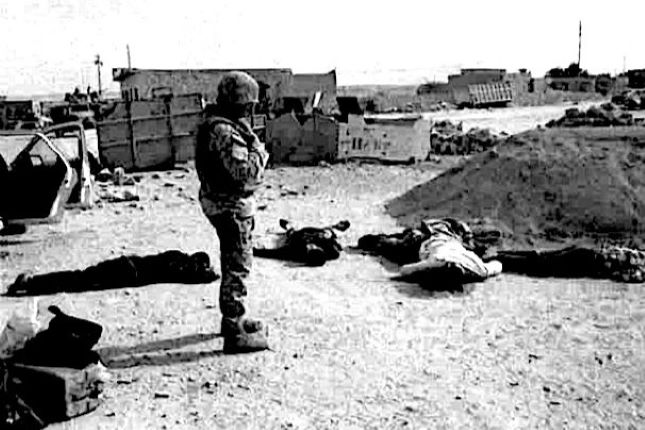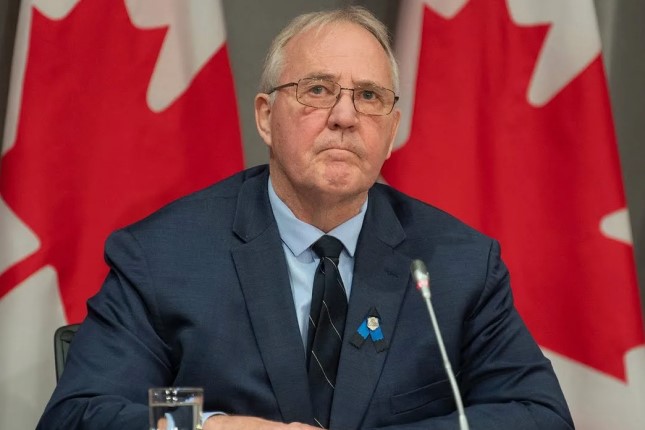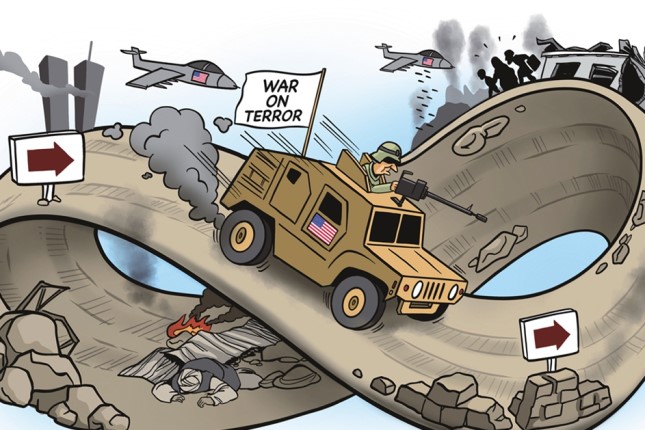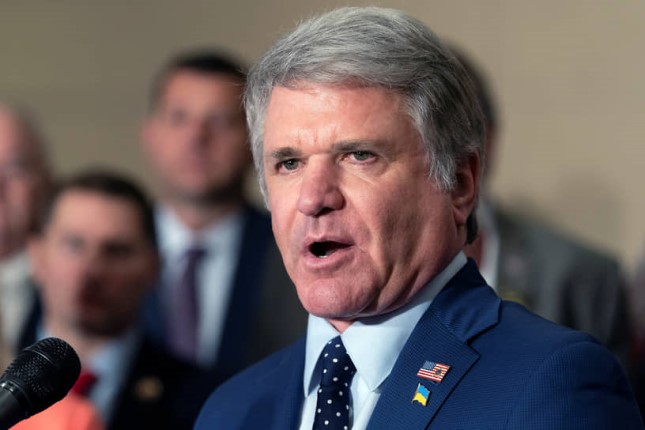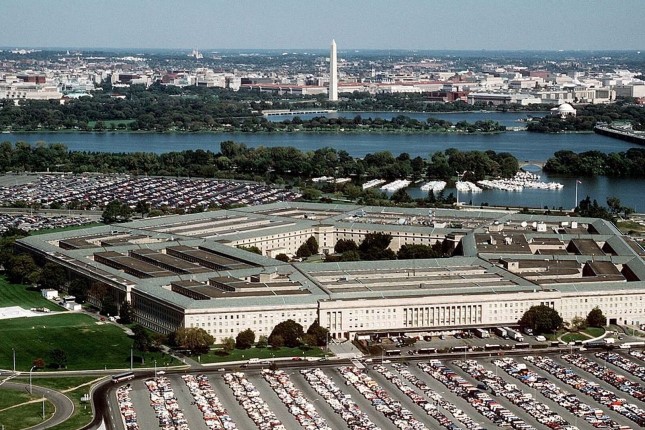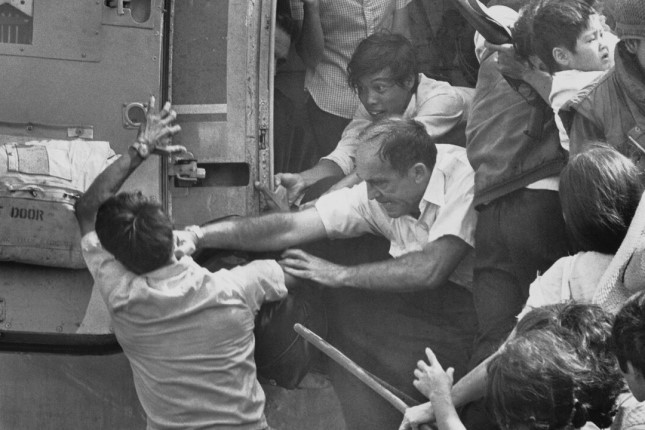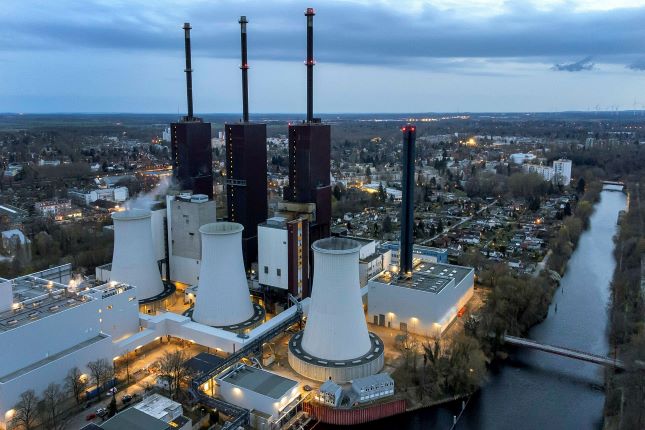On April 23, Ukrainian and European officials, denying the “final offer” statement, presented the U.S. with an alternative peace plan of their own.
Western officials and media have complained that the U.S. plan is Russian influenced. That is not a fair accusation. The plan is reality based: it concedes what is inevitable to Russia while refusing Russian demands that are unrealistic. The Ukrainian and European peace plan is not reality based: it suffers from the delusion that the side that is losing can impose a total capitulation on the victor.
There is little overlap in the two plans. The two sides adopt the flipside of almost every issue. There are only three points on which the two peace plans agree. The first item on both plans is an immediate ceasefire. The second point of agreement is that negotiations will then begin from the current line of control. The third is that Ukraine will be free to pursue membership in the European Union.
The U.S. and Ukraine definitely want an immediate ceasefire. Russia does not. Ukraine has said that they are only ready for peace talks if Russia agrees to an unconditional thirty-day ceasefire. Russia has said that, though they “understand that Washington is willing to achieve a quick success in this process,” they are ready for talks without preconditions, but that “the root causes of the Ukraine war were too complex to be resolved in one day.”
It is understandable and obvious why Ukraine would want the full ceasefire first; it is equally obvious why Russia would not. Russia is winning on the battlefield. There are key reasons why they went to war: a guaranteed that NATO won’t expand into Ukraine and protection for ethnic Russians in Ukraine. They are not prepared to pause for thirty days to allow Ukraine to rest and rearm just to return to war in a worse position. Russia is prepared to negotiate, but they are not prepared to surrender at the negotiating table what they are on the verge of winning on the battlefield.
One point of agreement between the two sides seems to be that negotiations will begin from the line of control at the time of the ceasefire. Though Russia originally insisted on full incorporation of the four annexed regions, Russian President Vladimir Putin has made the major concession of offering to freeze the territorial boundaries along the current lines in order to reach a deal. Putin reportedly told U.S. President Donald Trump’s special envoy, Steve Witkoff that Russia “could relinquish its claims to areas of four partly occupied Ukrainian regions that remain under Kyiv’s control.” However, there have recently been contradictory reports, saying that Russia is still insisting on controlling the full annexed territory, including the areas they do not currently control.
While the U.S. plan provides de facto, but not legal or formal, recognition of Russian control of the territory already in their possession, the Ukrainian-European plan makes no mention of this, saying only that “Territorial issues will be discussed and resolved after a full and unconditional ceasefire.”
The only point of complete agreement is that Ukraine will be free to pursue membership in the European Union.
One point of complete disagreement is over sanctions. The American peace plan says that all sanctions placed on Russia since 2014 will be removed. The Ukrainian-European peace plan insists that any “easing” of sanctions be “gradual” and only “after a sustainable peace is achieved.”
As expected, though, the most significant disagreements are over territory and Ukraine’s security guarantees, including, most importantly, NATO membership.
The territorial struggle will not only be over whether Russia maintains some or all of the four annexed regions. It will also be waged over Crimea. The American plan commits the U.S. to official “recognition of Russian control of Crimea.” Ukrainian President Volodymyr Zelensky has rejected this recognition. “It’s our territory, the territory of the people of Ukraine, there is nothing to discuss here.” The U.S. agrees that there is nothing to discuss because, as Trump immediately pointed out, “Nobody is asking Zelensky to recognize Crimea as Russian Territory.” Ukraine has no control over whether the U.S. recognizes Russian control of Crimea, and American officials have reportedly made clear to Ukrainian and European officials that they do not have to recognize it.
Just as NATO membership for Ukraine is the key issue over which Russia went to war, so it is the key issue over which the dueling peace plans are fighting. There is a canyon between the American and Ukrainian-European position on Ukraine’s security guarantees.
The American peace plan states the Trump administration’s position on NATO membership for Ukraine in seven unequivocal words: “Ukraine will not seek to join NATO.” The New York Times has claimed that the Ukrainian-European plan “hints at possible concessions” because there is “no… insistence on Ukraine joining NATO.” This reading of the text is misleading. The document says only that Ukraine will not receive Article 5 protection from NATO “while there is no consensus among Allies on NATO membership.” But NATO membership is always contingent upon consensus among the NATO allies. So, saying you will not become a member of NATO until NATO unanimously invites you is not a concession: it is simply a different formulation for saying that you will become a member of NATO when NATO invites you.
Equally importantly, the Ukrainian-European peace plan says that, until that happens, Ukraine will receive de facto Article 5 protection through “robust security guarantees including from the US (Article 5-like agreement).” From the Russian perspective, this is surely just NATO by another name.
There is some suggestion in the media that Trump’s team is suggesting a more nuanced American position on Ukraine’s NATO membership than is Trump himself. The New York Times reports that U.S. officials told their Ukrainian and European counterparts that while Trump insists on no NATO membership for Ukraine, “The next U.S. administration could decide to let Ukraine into NATO.” They also reportedly expressed their understanding “that Ukraine would not accept any limitations on ever joining NATO.”
That is not what the U.S. document says, and it is not what Trump has said. For Russia, it would also mean the peace talks are dead before they begin. The American peace plan says that “Ukraine will not seek to join NATO” without qualifications or sunset clauses. On April 22, Trump told Time, “I don’t think they’ll ever be able to join NATO.” Russia went to war with the primary purpose of permanently preventing NATO from expanding to Ukraine: a point conceded by both NATO and Ukraine. They are not going to be cleverly nuanced into not winning that concession on the battlefield or at the negotiating table for a three-and-a-half-year postponement of Ukraine joining NATO. Russia will certainly not stop this war without a signed guarantee that Ukraine will never become a member of NATO.
Until Ukraine receives an invitation for NATO membership, the Ukrainian-European peace plan sets out four points for a “robust security guarantee.” The first is the Article 5-like security guarantee from the United States. The second is that the peace will be guaranteed by troops from “European countries and willing non-European countries.” The third is that there will be “No restrictions on the presence, weapons and operations of friendly foreign forces on the territory of Ukraine. And the last is that there will be “No restrictions on the Ukrainian Defense Forces.”
Not one of these points will sit well with Russia, though some of them may be negotiable while other will not be.
The U.S. document is in harmony with the Ukrainian-European one on that the “Guarantor states will be an ad hoc grouping of European states plus willing non-European states.” Though the two sides agree on this point, the Russian side is less likely to. Russia may see NATO member European troops in Ukraine as NATO under a different flag.
Russia will also be unlikely to yield to the presence of unrestricted NATO supplied weapons on Ukrainian soil. It is unrealistic for Russia to insist that no country can sell Ukraine weapons, but it is not unrealistic for them to draw the line at long-range missiles that could be fire deep into Russian territory. And it is up to the United States, not Ukraine, whether they are willing to provide them with those weapons or the guidance capacity to use them.
The last point, “no restrictions on the Ukrainian Defense Forces,” is one upon which Russia may be willing to negotiate. The U.S. peace plan does not mention restrictions on the Ukrainian armed forces, which may hint at Russia’s willingness to negotiate this point in order to attain the larger points on NATO membership and protection for ethnic Russians in Ukraine. They may also have no choice since, according to The Times, “Trump administration officials have told the Ukrainians that they would not support such limitations,” and because Ukraine’s own weapons production capacity has expanded so rapidly.
The alternative peace plans show just how far apart the two sides really are. There is still hope for a diplomatic settlement and for peace. How realistic that hope is will depend on how firm the “final offer” threat is and on how closely all sides are willing to hew to reality.
Source: AntiWar.com.
